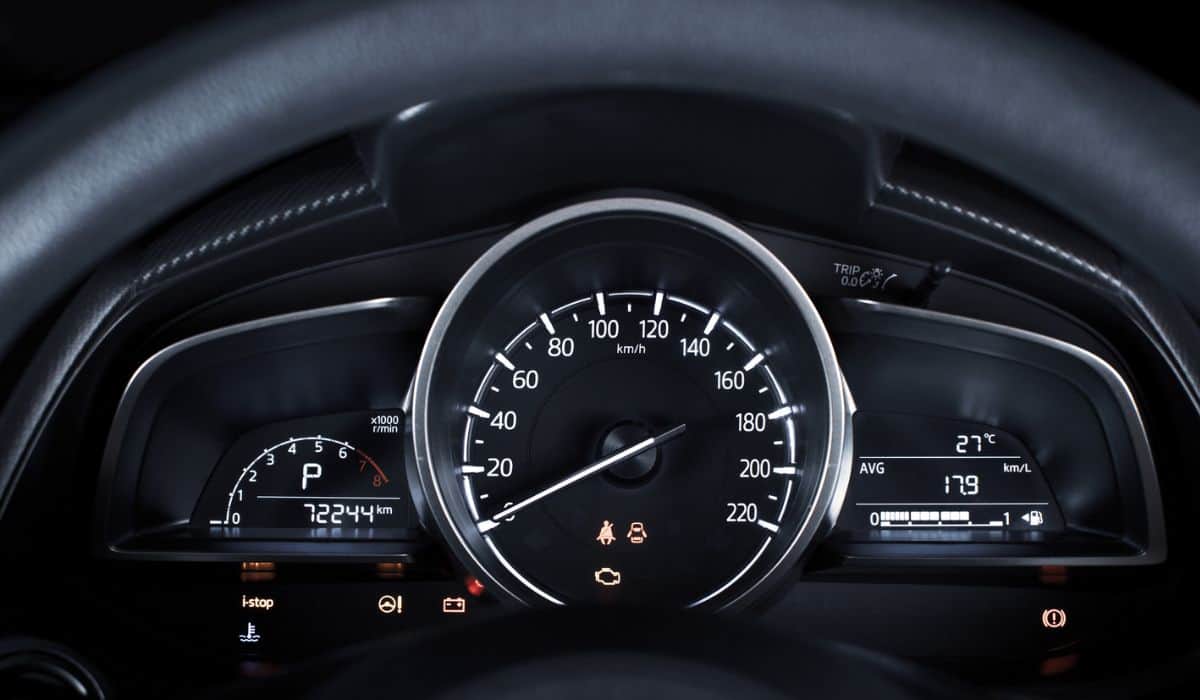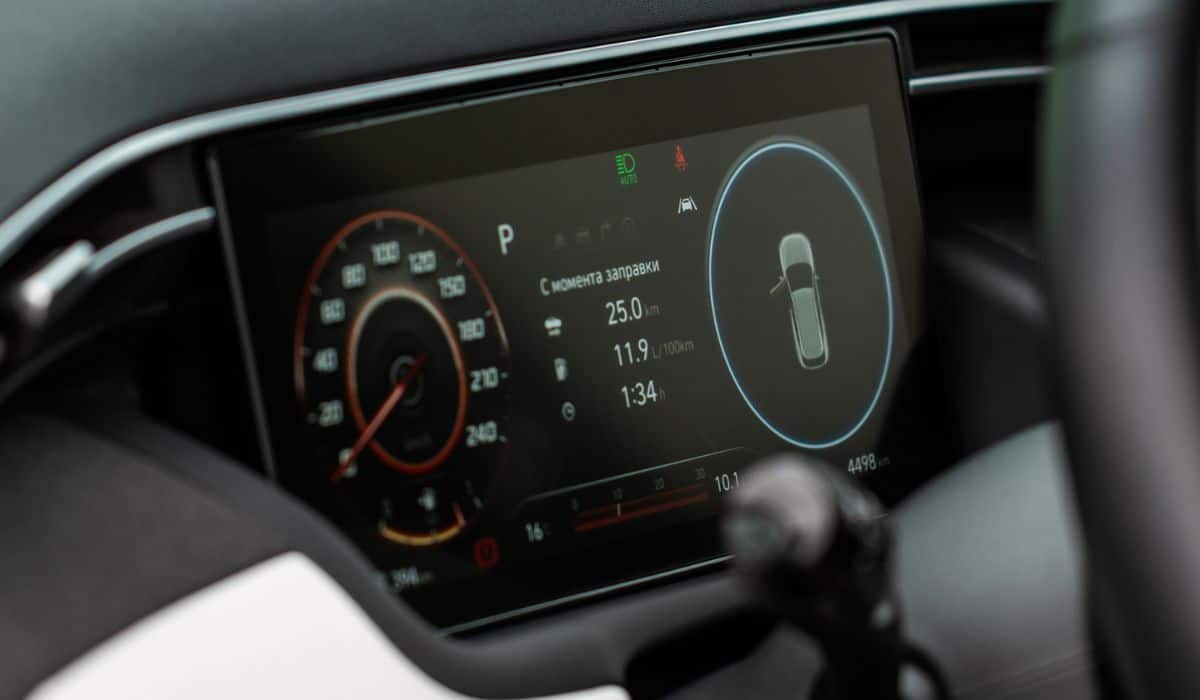What Does ”Exempt” Mean On An Odometer Reading?
The odometer reading is one of the primary factors to consider when buying a used vehicle, since it shows how much the car was used. But what does it mean if you see ”exempt” on an odometer reading, and which vehicles qualify for an exemption?
“Exempt” means that a vehicle’s odometer reading report is not required for a sale to take place. Vehicle models from 2010 or earlier are exempt, while those after 2011 will become exempt when they reach 20 years of age. Altering the odometer reading is illegal, even if a vehicle is exempt.
Let’s take a closer look at the exempt clause, including how it works, which vehicles it applies to, and the relevant laws that you should be aware of.
What Does ”Exempt” Mean on an Odometer Reading?

Vehicle sellers must disclose the vehicle’s original odometer reading on the sale deed, in line with federal laws regulating car sales. The odometer reading has to be communicated to the buyer before the closure of the sale. However, sometimes, you may see that the odometer reading says “exempt.”
An exempt vehicle usually doesn’t have an accurate reading due to the vehicle’s age or other issues with the odometer. For example, many older vehicles have incorrect odometer readings because the mechanical odometers fail over time. Sometimes, the odometer may have been damaged for a specific duration, so the mileage displayed isn’t accurate.
The exemption clause basically protects sellers from being unable to sell older vehicles due to odometer reading issues.
While there’s nothing inherently wrong with buying and selling a vehicle with an odometer exemption, remember that such vehicles are usually cheaper than similar models whose exact mileage is known.
They are also more likely to have higher mileage than non-exempt vehicles, since vehicle age is the most common reason for an exemption.
What Qualifies a Vehicle for Exempt Mileage?
Several factors may qualify a vehicle for exempt mileage, but age is the main factor. Previously, regulations allowed all vehicles older than 10 years to be exempt from odometer reading declarations.
However, the laws changed in 2021, and now all vehicles manufactured in 2011 or later will be required to state the odometer readings for sale or transfer. At the same time, the law gradually increases the exemption from 10 years to 20 years.
For vehicles manufactured before 2011, the 10-year rule for an odometer exemption still applies.
Furthermore, commercial vehicles with an unladen weight of more than 8,501 pounds are also exempt from odometer disclosure. This applies even if the commercial vehicle is less than 10 years old. Nonetheless, many commercial vehicles have to pass several tests to qualify for resale, and there are multiple things to consider when assessing the condition of such vehicles.
Other vehicles that are exempt from odometer reading declarations include:
- Dealer-to-dealer vehicles
- Low-speed vehicles that don’t have an odometer
- Vehicles sold to the US Government or a related agency
- Golf carts and non-motorized vehicles
So, as you can see, vehicle age is the leading case for exemption. Other than that, there are very few cases where a vehicle is exempt from disclosing the odometer reading upon resale.
What Is the Federal Odometer Tampering Law?

The Federal Odometer Tampering Law is a law that makes tampering with the odometer of a vehicle illegal. This law applies to both exempt and non-exempt vehicles.
According to federal law, even if your vehicle is old and you know that the odometer reading may be slightly incorrect, you’re still not allowed to adjust the reading.
This law applies to all commercial vehicles, including those exempt from odometer reading declarations.
Replacing a Damaged Odometer
So, it’s clear you aren’t allowed to tamper with the odometer of any vehicle. But what if the odometer is damaged, and you need to replace it?
Technically, you can replace or repair a vehicle’s odometer, but you’ll need to apply for permission from your state’s motor vehicle department. After repair, you’ll also have to ensure that the odometer is set to the previous reading.
Even repaired odometers and vehicles with new odometers aren’t allowed to restart the reading from 0. Instead, you’ll have to record the old reading and continue from there.
